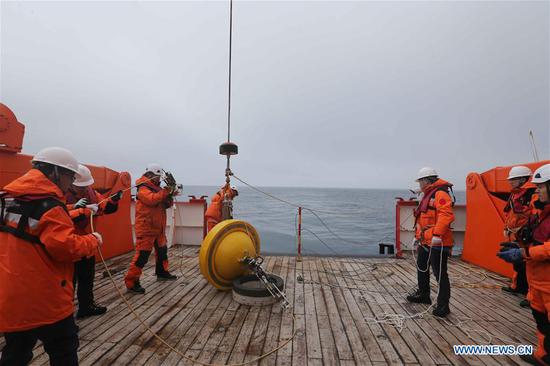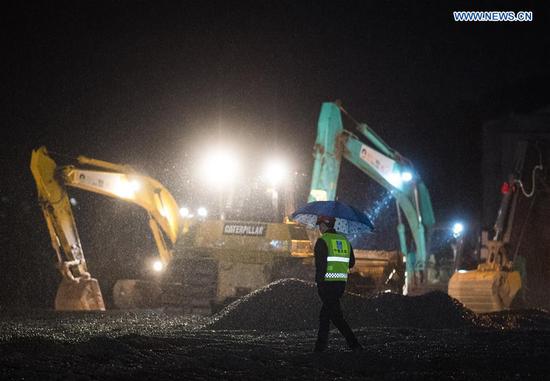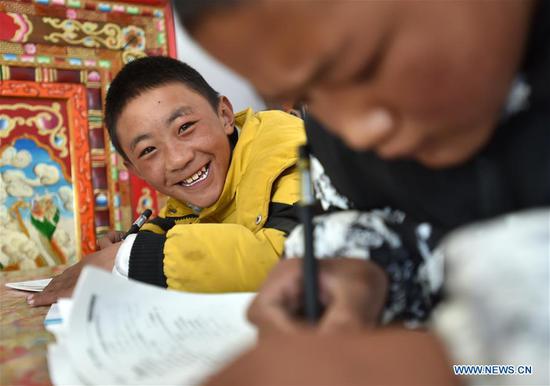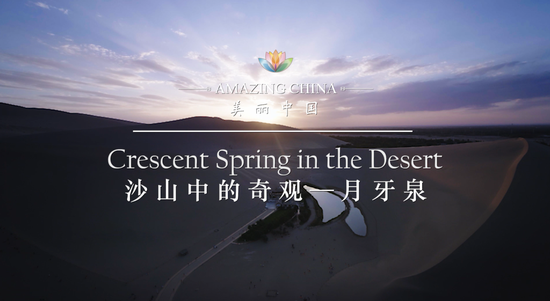This year is set to be the most critical 12 months to tackle global warming since the signing of the Paris Agreement, Angus McNeice reports in London.
The year 2019 closed out a decade of abnormal global heating, with the last 10-year period almost certain to be the hottest on record, according to the World Meteorological Organization.
Climate scientists believe this warming is related to increased levels of carbon dioxide, or CO2, in the atmosphere which, at 415 parts per million, are at their highest since the Pliocene Epoch. That's around 3 million years ago, well before the evolution of modern human beings.
Most will be aware of the extreme events linked to the so-called climate crisis, and some are playing out as we speak. Following its hottest and driest year on record, Australia is currently battling a swarm of destructive and fatal wildfires.
This backdrop has set the stage for what is arguably the most critical year for climate policy since 2016, when 195 nations-including China-signed the Paris Agreement and pledged to prevent global temperatures from rising 2 degrees Celsius above pre-industrial levels.
Several key events in 2020 will influence our collective chances of meeting that goal. Multiple studies indicate that, as things stand, the 2-degree threshold will be breached, so signatories of the Paris Agreement will be challenged to adjust emissions targets at a climate conference in November. That same month, the United States-one of the world's biggest emitters both in absolute terms and per capita-is set to officially withdraw from the Paris Agreement.
And in October, the Communist Party of China is expected to convene for a plenary session to review proposals and offer recommendations for the 14th Five-Year Plan (2021-25) before it is delivered in early 2021.
"For climate change, 2020 is a crucial year," said British economist Nicholas Stern, who is chair of the Grantham Research Institute on Climate Change and the Environment at the London School of Economics. "And of course, China's 14th Five-Year Plan is a big part of the story."
China's Five-Year Plans are a set of social and economic initiatives that act as a blueprint for national development strategies over a five-year period. And when it comes to climate change, the Five-Year Plan is arguably one of the most important documents on the planet.
Around the turn of the century, Chinese investment in renewable power accounted for less than 6 percent of the global total. But transformative measures in the 11th, 12th and 13th Five-Year Plans-including setting binding indicators for energy consumption and emissions-ushered in an unprecedented period of green development.
According to the UN Environment Program, China invested $758 billion in renewable energy capacity between 2010 and mid-2019, more than any country or region and representing 29 percent of the global total of $2.6 trillion. China's contribution alone during that period was just shy of the worldwide total for the previous decade.
This investment created economies of scale and spurred advancements in technology, which in turn drove down the cost of several forms of renewable energy generation, making them competitive with fossil fuels for the first time.


















































